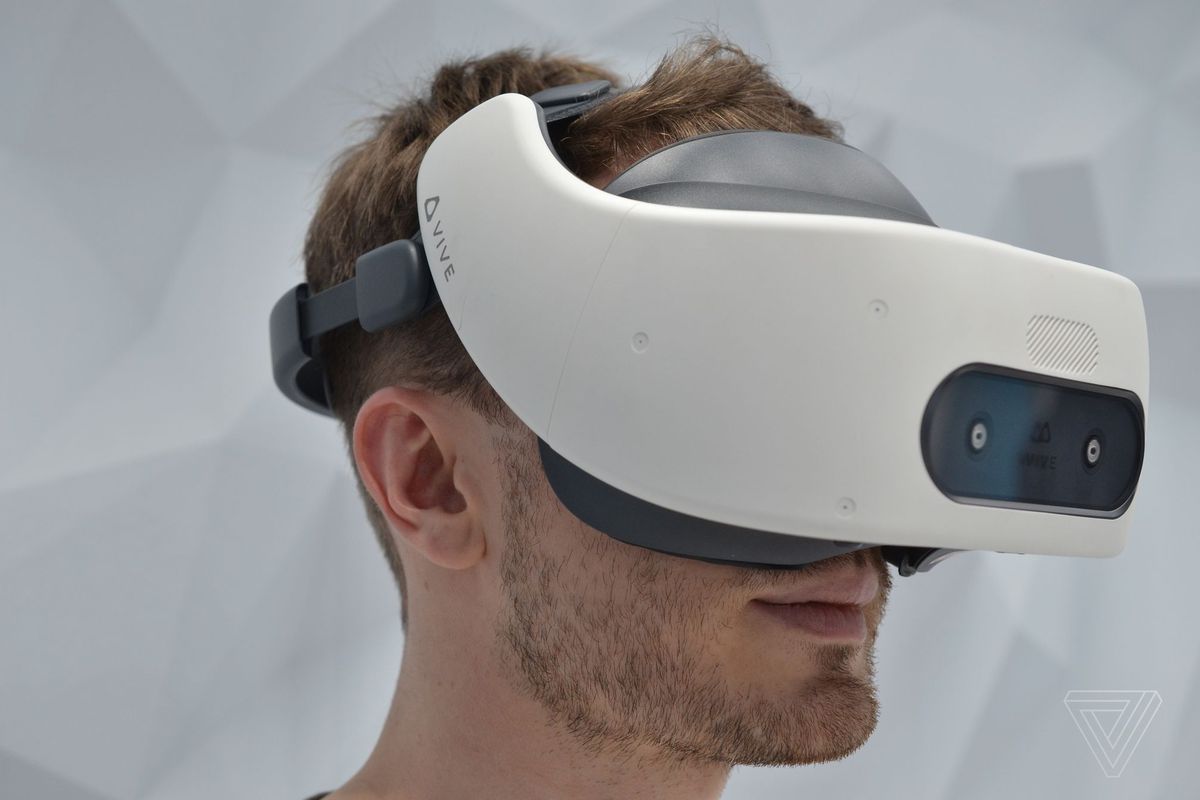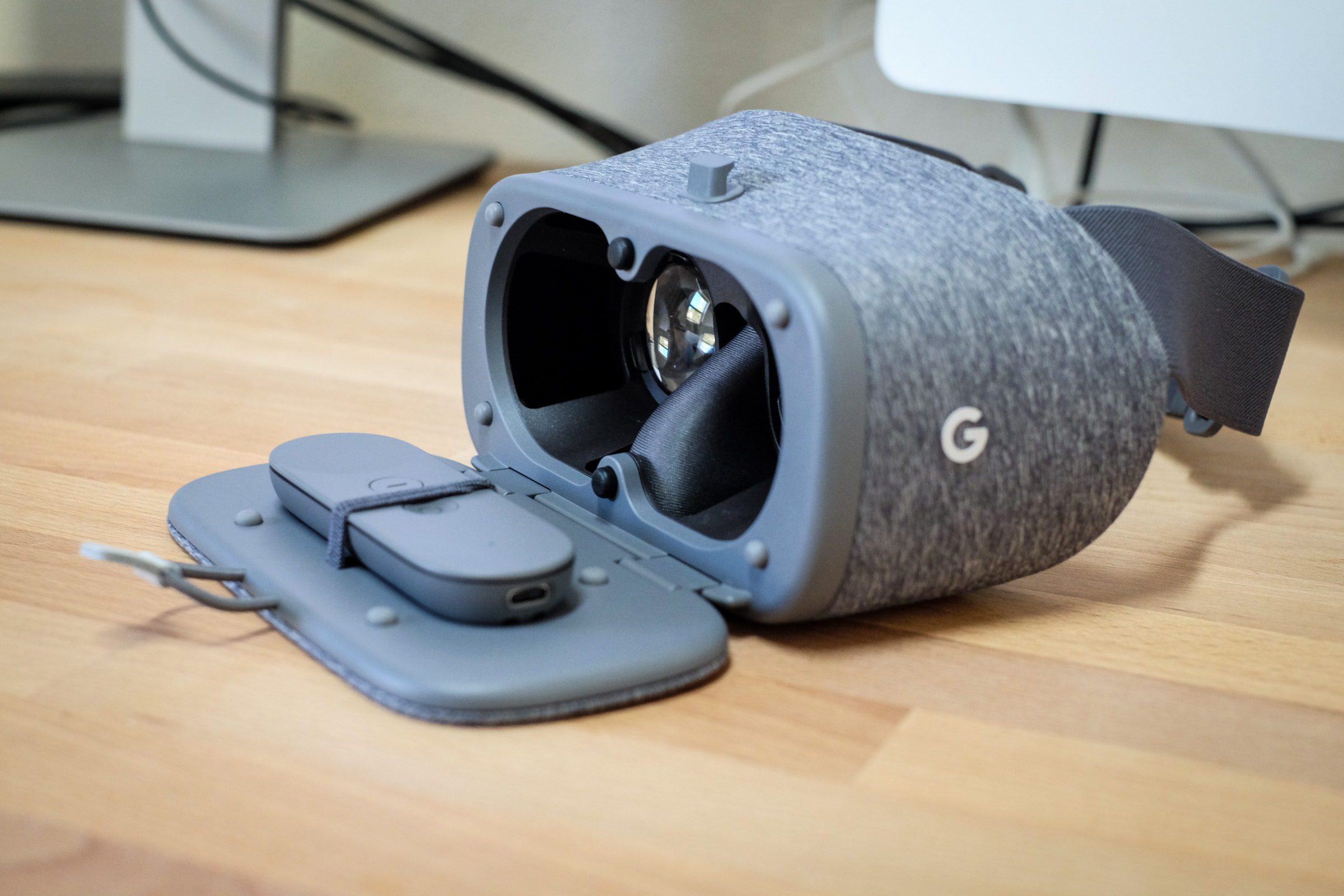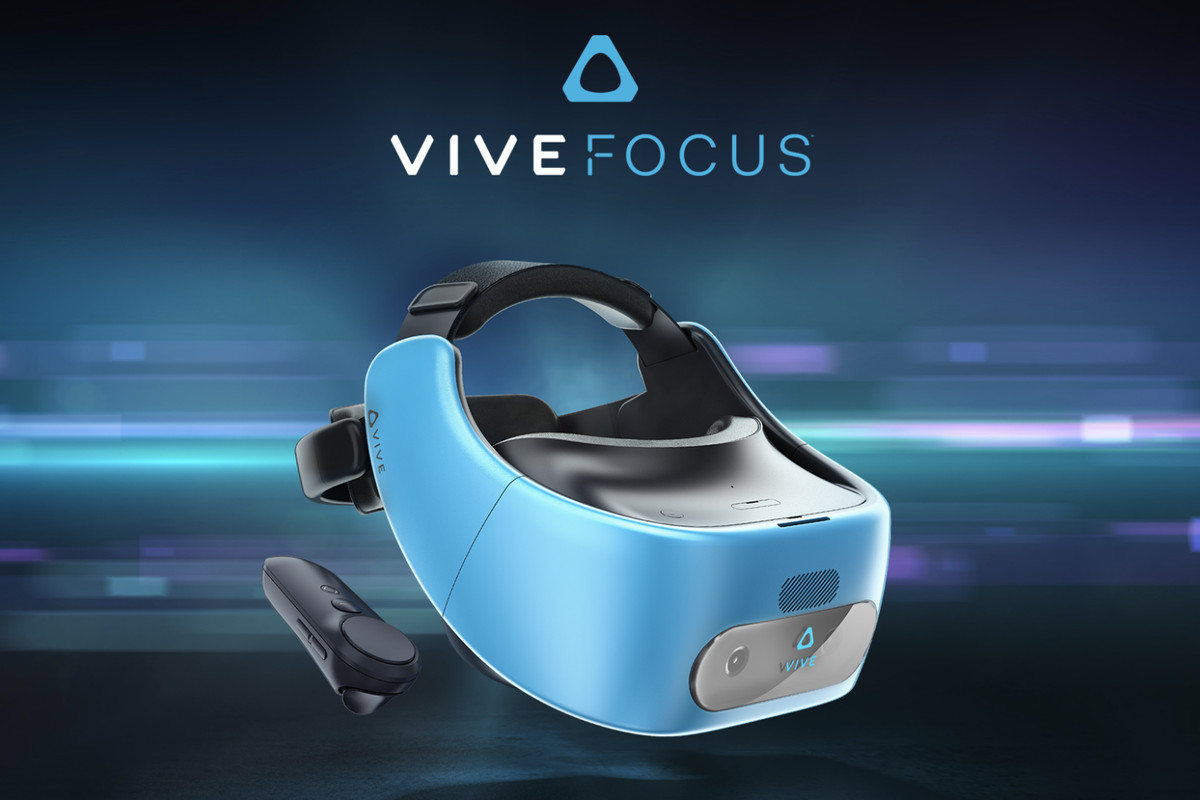A friend of mine came to me recently wanting to know what his options were for a standalone VR headset that’s not owned by Facebook. If you’re out of the loop, Facebook announced some time ago that going forward, all Oculus VR devices would require a Facebook login to use.
If you imagine that’s not a big deal because you can just make a burner account to use with it, you’re not alone, everybody else also thought of that. But, so did Facebook. They can detect if you’ve used a very recently created account with little or no activity and will ban your account, possibly locking you out of legitimate content purchases, as happened to some users.
This means some of the most affordable, good quality VR hardware on the market today requires that you consent to being monitored in your home while using the device. Movements, what you’re looking at (in, say, the app store) what your immediate surroundings look like, audio recording and more. VR monitoring is a whole new level of big tech intrusiveness.
This friend and I agreed all of this meant Oculus is dead to us. No more Oculus devices. I sold my Quest last month and used the money to buy an Index. He’s already got a Vive but is specifically looking for a standalone gadget he can take with him when he travels for work. Something to watch videos on, not necessarily a games machine first and foremost.
I started by suggesting a Google Cardboard compatible device. After all some of them are decently made, with proper plastic housing and glass lenses. You don’t literally need to use the cardboard box viewer. It is still the lowest possible tier of VR, apart from the Virtual Boy.
Of the Cardboard style viewers I’ve tried, I most like the Zeiss VR One, Bobo VR Z4, and SnailVR headsets. These require your phone, and the Zeiss only accepts certain phones, so buyer beware. Again though, in this day and age, better options abound even within the defunt phone VR space.
Gear VR was out of the question of course, being an Oculus product which astonishingly also requires you log into Facebook to use it. Apparently they bothered to update the Gear VR app to add that requirement even though neither Oculus nor Samsung still officially support the platform.
What about Google Daydream, though? It’s also phone based, but also has better tracking than Cardboard. It’s basically a clone of Gear VR but not tied to Oculus or Samsung, and as such, compatible with a much wider variety of phone models (Gear VR basically only worked with flagship Samsung phones).
Daydream still shares the obsolescence problem with Gear VR however, despite its many advantages. It’s no longer an officially supported platform. The app store will no longer install to my knowledge, though some apps are available outside of that platform on the Google Play Store.
Despite the nicer build quality and tracking, this is functionally not that big a step up from Cardboard as you’d still have to launch apps manually before sticking your phone into the headset. It’s not 2016, we can do better than this, even within the realm of functionally obsolete devices.
Nobody wants these now, so they routinely sell for $10-$20 on Ebay. Just be aware that it’ll be an ordeal, or a “project” depending how you look at it, to actually find and install software for this device that still works with it.
The Lenovo Mirage Solo was a sort of half-step between something like Oculus Go, and the Quest, being that the headset itself has 6dof tracking but the controller doesn’t. It’s bound to the no longer supported Daydream platform too, so while you may possibly be able to access the store (as the software is baked into the device) there’s no guarantee of being able to download anything, or what works and what doesn’t.
It has a single 2560 x 1440 LCD panel (so no IPD adjustment) a Snapdragon 835 (Same as the Oculus Quest 1) and a refresh rate of 75hz (also same as Quest 1). The takeaway here isn’t that the Mirage Solo was amazingly ahead of its time, but that Quest 1 was behind the times spec-wise when it came out. Somehow, they still fetch between $400 and $500 used on Ebay.
This brings us to the Pico Neo Eye, and Pico Neo Eye 2, as well as the various other Pico VR products like the Goblin and G2. These are stand-alone Android devices like the Lenovo Mirage, but unlike the Mirage they built their castle on a rock, not on sand: Pico VR headsets use the Vive Wave platform, not Google Daydream.
Pico Neo Eye 2 costs $699, has 3k resolution displays, a 75 hz refresh rate and uses the Snapdragon 845 CPU/GPU, putting it ahead of the Vive Focus (covered below) in terms of processing power as well as the Quest 1 and Mirage Solo. It has 6dof tracking for not just the headset but 2 hand controllers.
As of the time of this writing, Vive Wave is the only non-Oculus standalone VR platform still officially supported. If you want a device that’s still receiving software updates and new software, your choices are really limited to headsets that use the Vive Wave software ecosystem. Speaking of which…
If you’re going with Vive Wave to begin with, why not choose the hardware it was designed for? Pico Interactive is a Chinese company, a legitimate infosec concern for anybody who works with computers for a living. HTC on the other hand is a Taiwanese company and a long time trusted hardware manufacturer.
Vive Focus features 3k resolution AMOLED displays at 75 hz with a Snapdragon 835 processor, putting it on par with Quest 1 save for the higher resolution panels. It retailed originally for $599 but can be found for $50-$100 less than that today on Ebay.
Oddly, although the headset and controller are both 6dof, there’s only one controller. Software is designed around this limitation but it’s a strange choice that puts it behind the Pico Neo Eye 2 in terms of functionality. The 2019 update, the Focus Plus, has dual controllers like the Quest but the base model only comes with one. Still, if you just want a nice mobile media player that uses a software platform which isn't yet dead in the water, that's not necessarily a problem.
Hopefully Valve will save us all from Facebook’s de facto monopoly on standalone VR. Quest 2 sold like hotcakes and right now is far and away the most profitable place for VR game developers, all but ensuring that Facebook will stay the market leader for the foreseeable future unless big changes happen.
Pardon the pop culture reference but Facebook is, in all ways that count, the IOI corporation from Ready Player One. Same corporate philosophy, same vision for the future of VR as an intrusive monitoring and ad deliver technology, yet people are lining up to buy Quest 2 because it’s the only high quality VR in their price range.
If Valve puts out a standalone Index as I dearly hope they do, I’m certain they’ll get a lot of takers. Bootstrapping a comparable app ecosystem will be the primary challenge. It may be like early Android vs. iOS, Android was very rough and feature poor by comparison early on, but look at it now.
One can hope that a competitor to Facebook’s burgeoning VR empire will take a similar trajectory, such that we will one day have meaningful options in the standalone VR space.





Completely absurd. Fuck Facebook.
Thanks for rounding up your market research here. It's a shame that Facebook's offering is so popular, but hopefully useful alternatives will continue to be available.
It's popular because it is astoundingly well engineered, the software side in particular, and the hardware specs represent an unbeatable value for the asking price. The devil is in the details though.